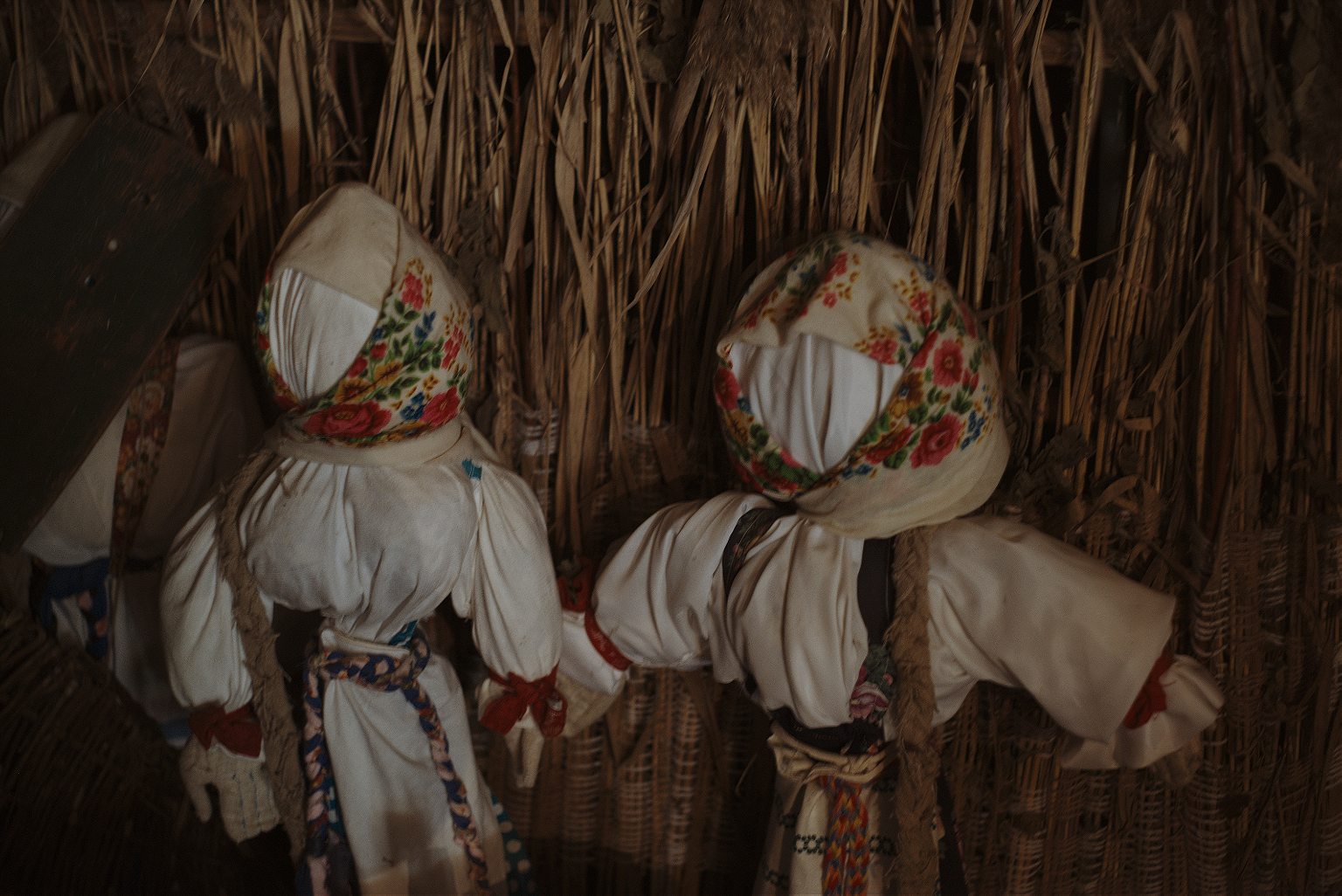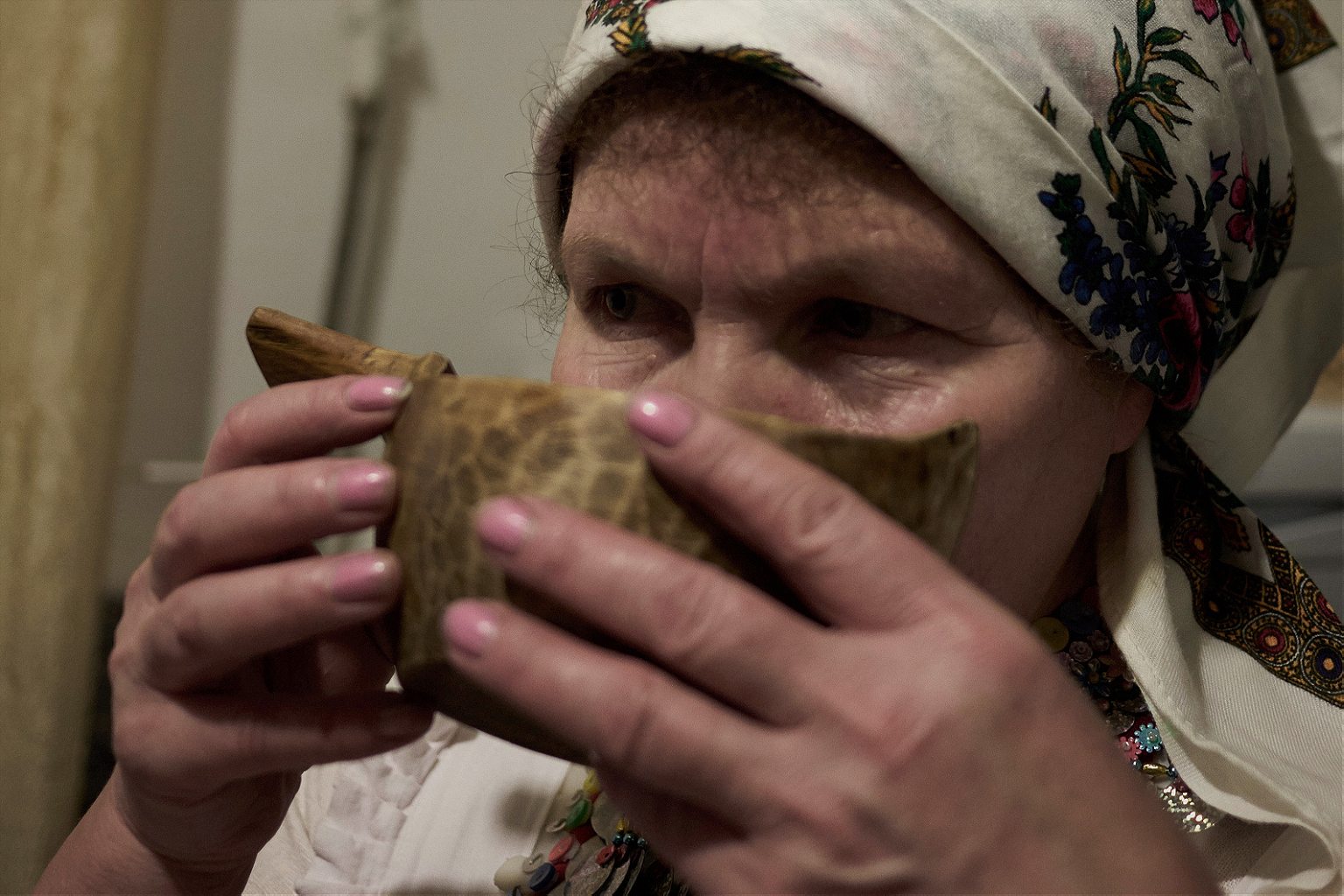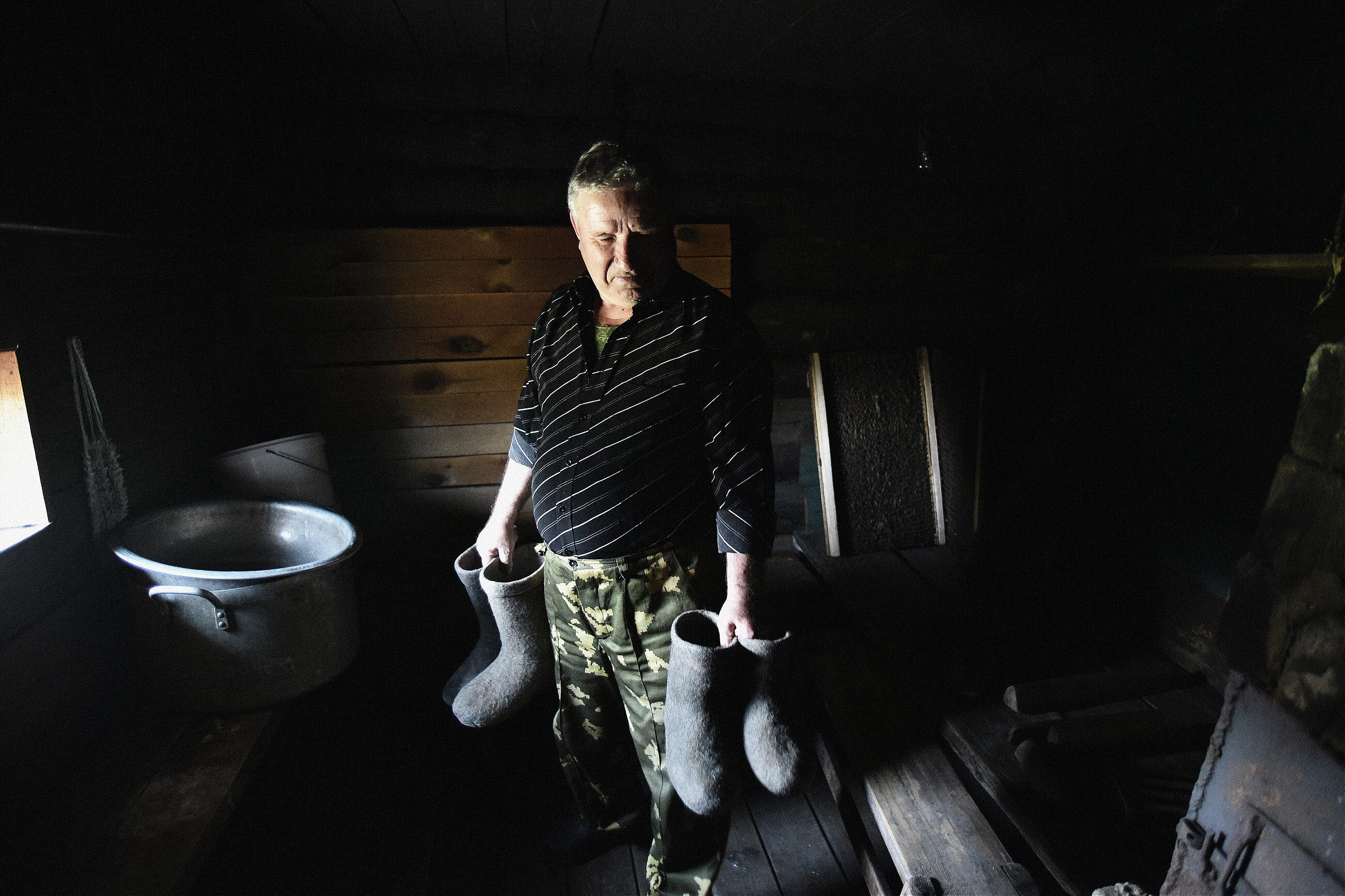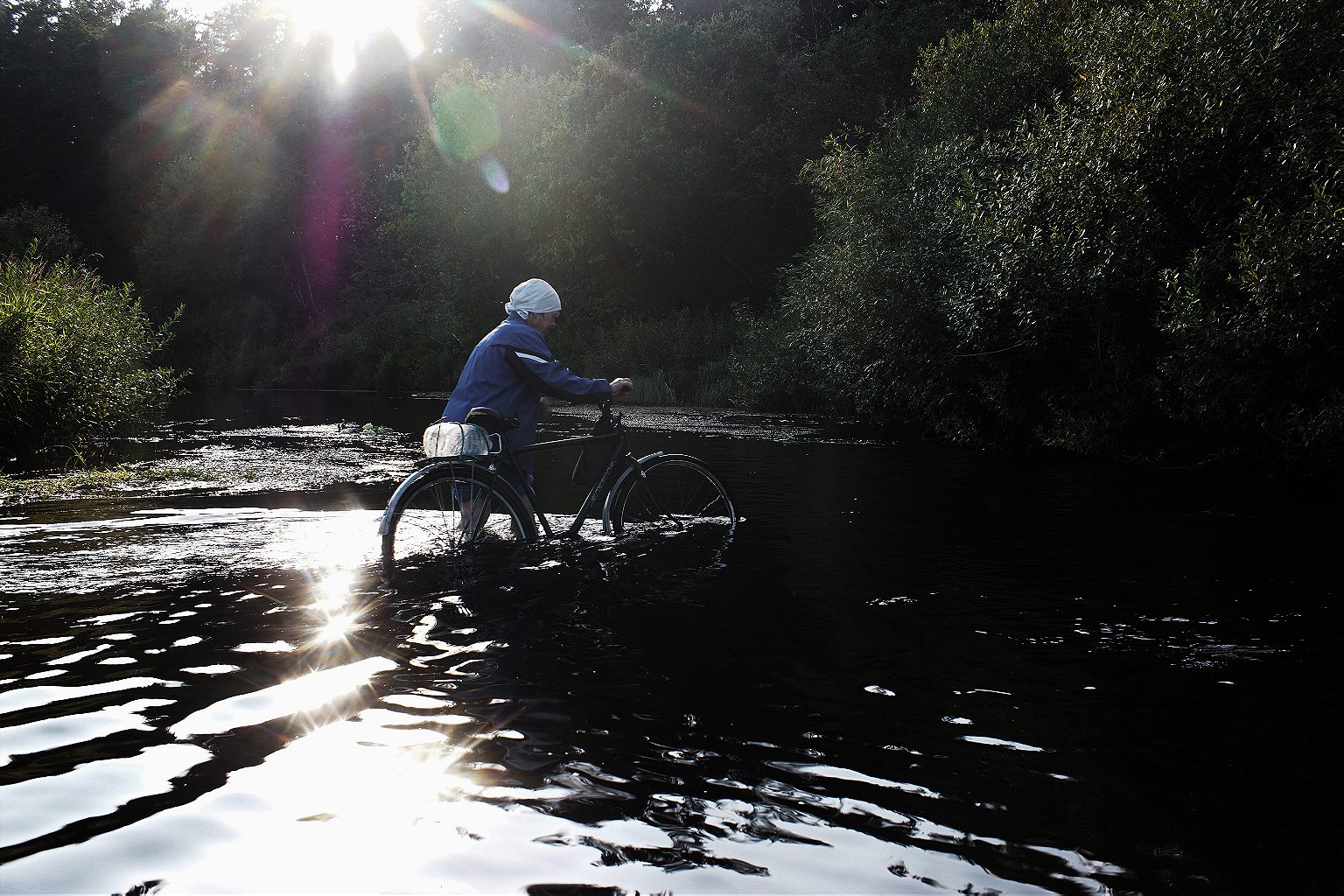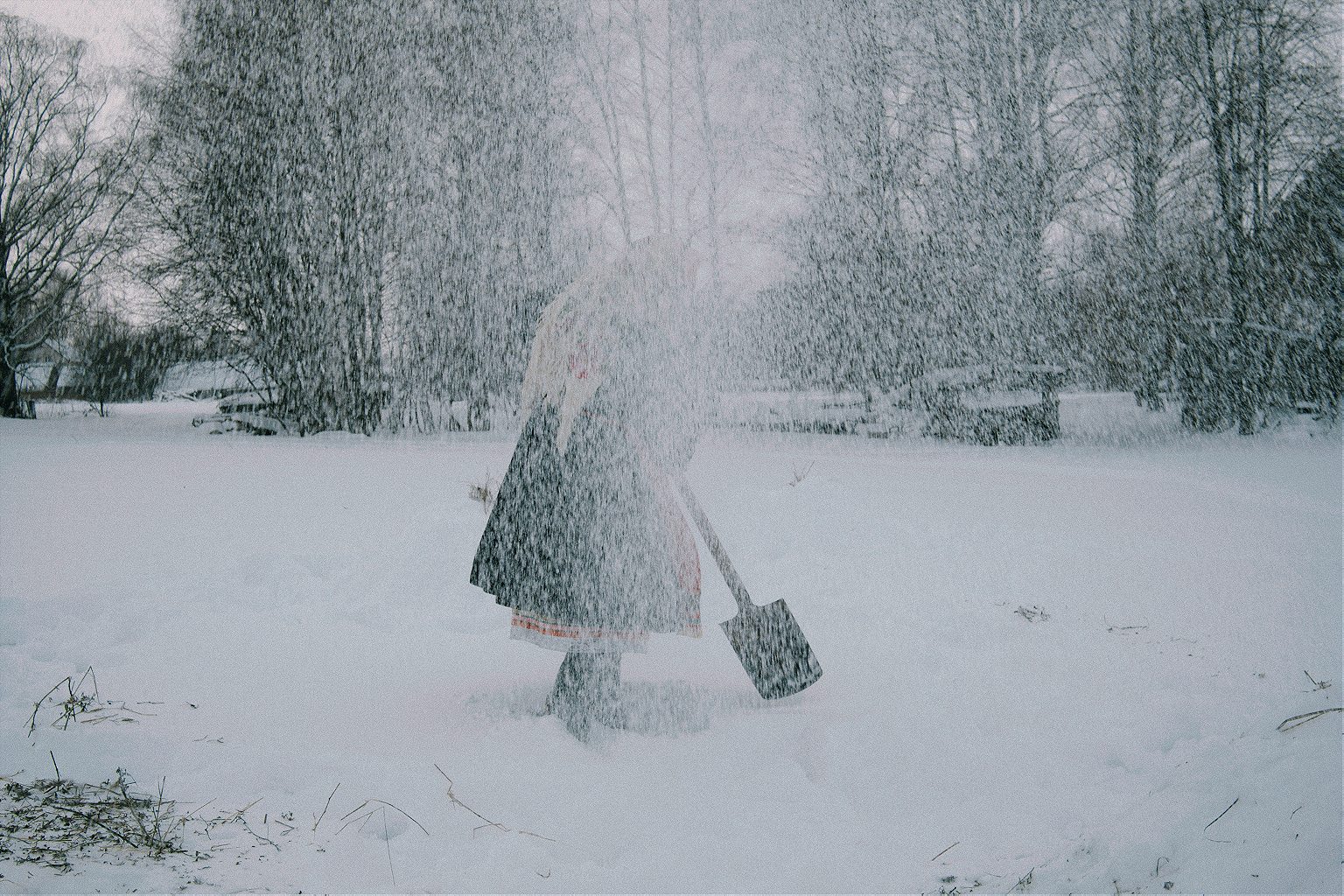A photographer seeks out enclaves of Russia’s remaining Finno-Ugric communities—and the contested traces of an ancient civilization.
Historians say that the Finno-Ugric people were the first inhabitants of Russia, with many of our customs and fairytales descending from their civilization: the cult of ancestors, the love of forests and villages, our patience and communality.
But what remains of the ancient civilization is contested. Some say that the Finno-Ugric people were completely assimilated by the Russians long ago, except for a few faraway enclaves. Others think that about half of Russians are blood descendants of Finno-Ugrians, who adopted the Slavic language of the conquerors.
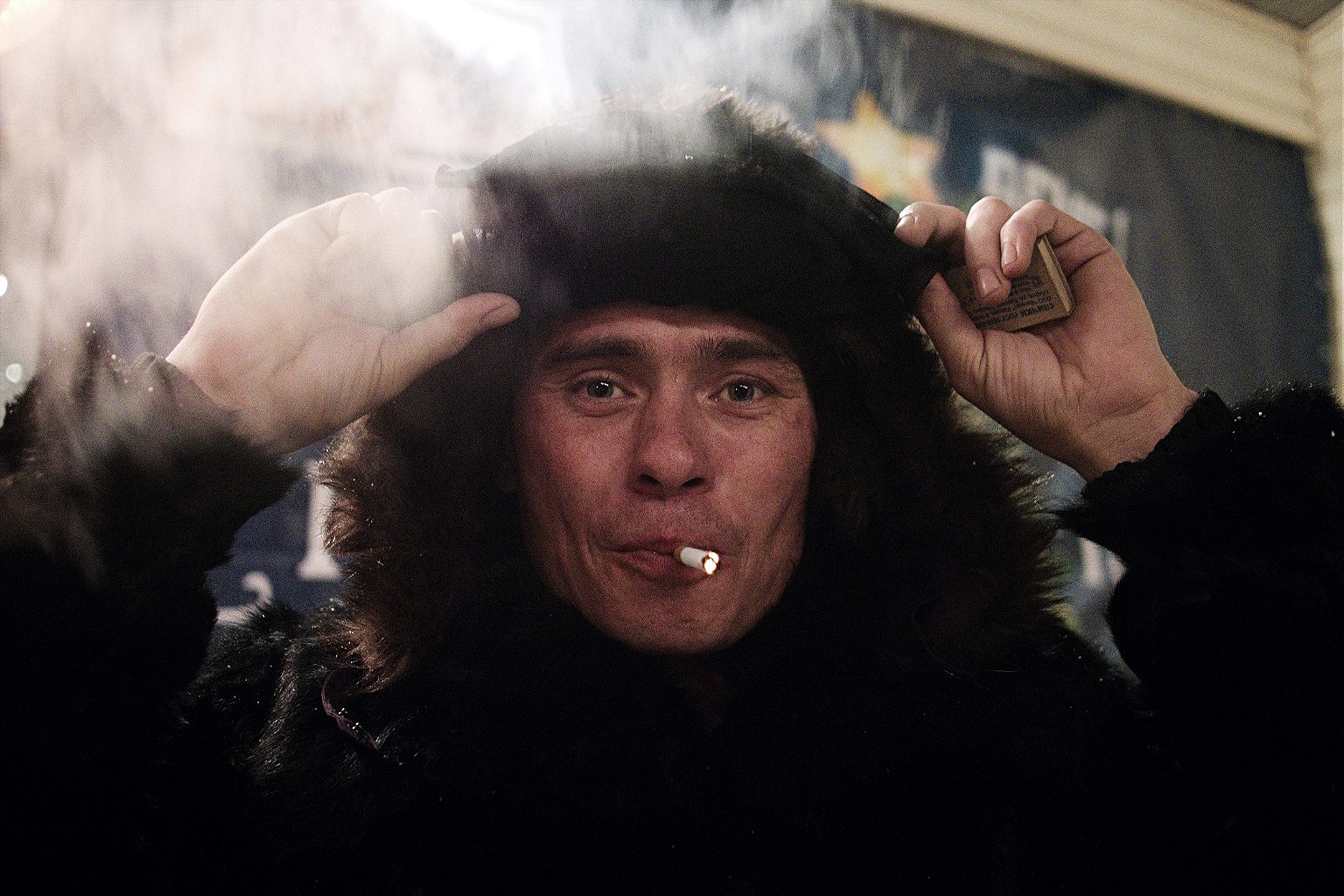
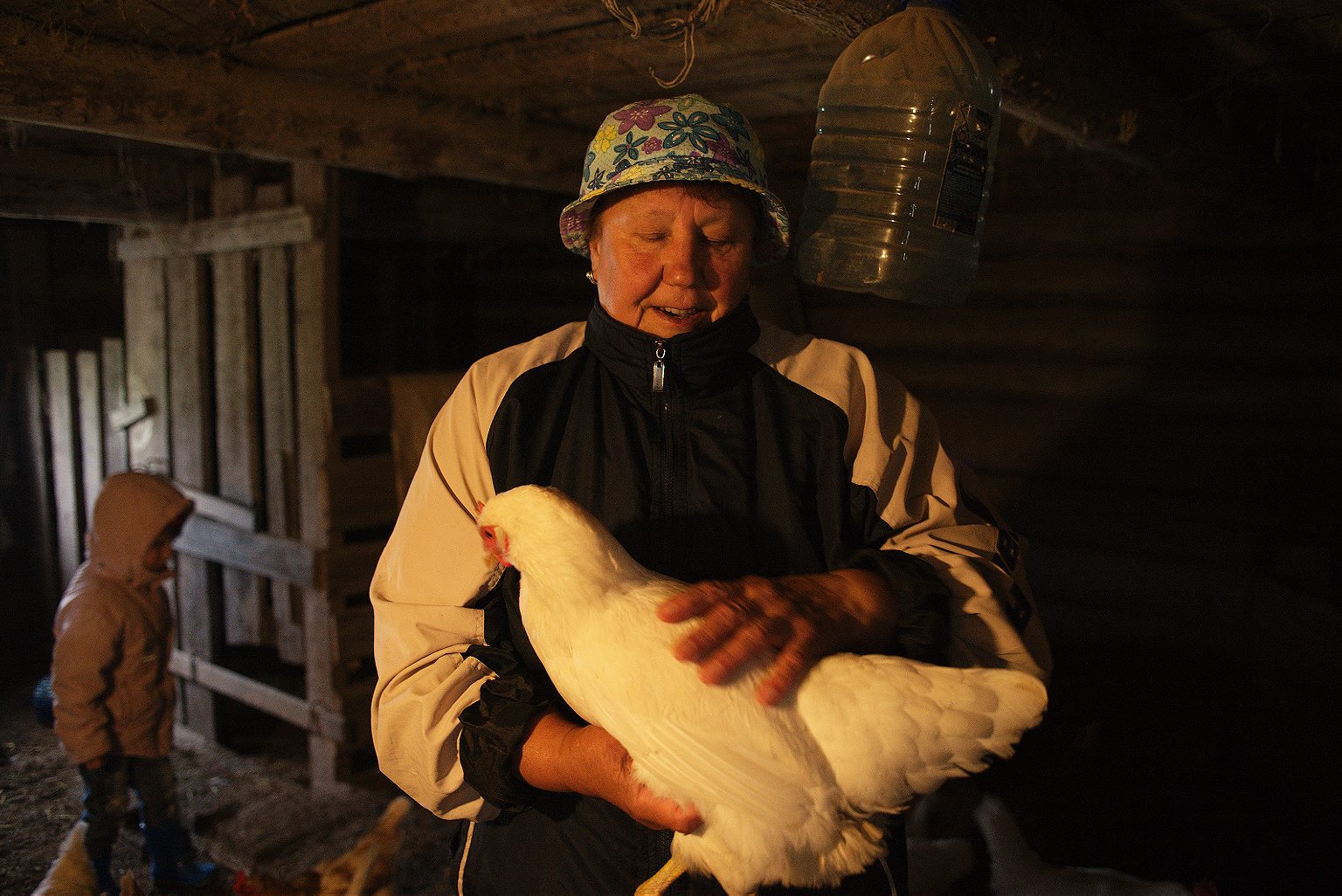
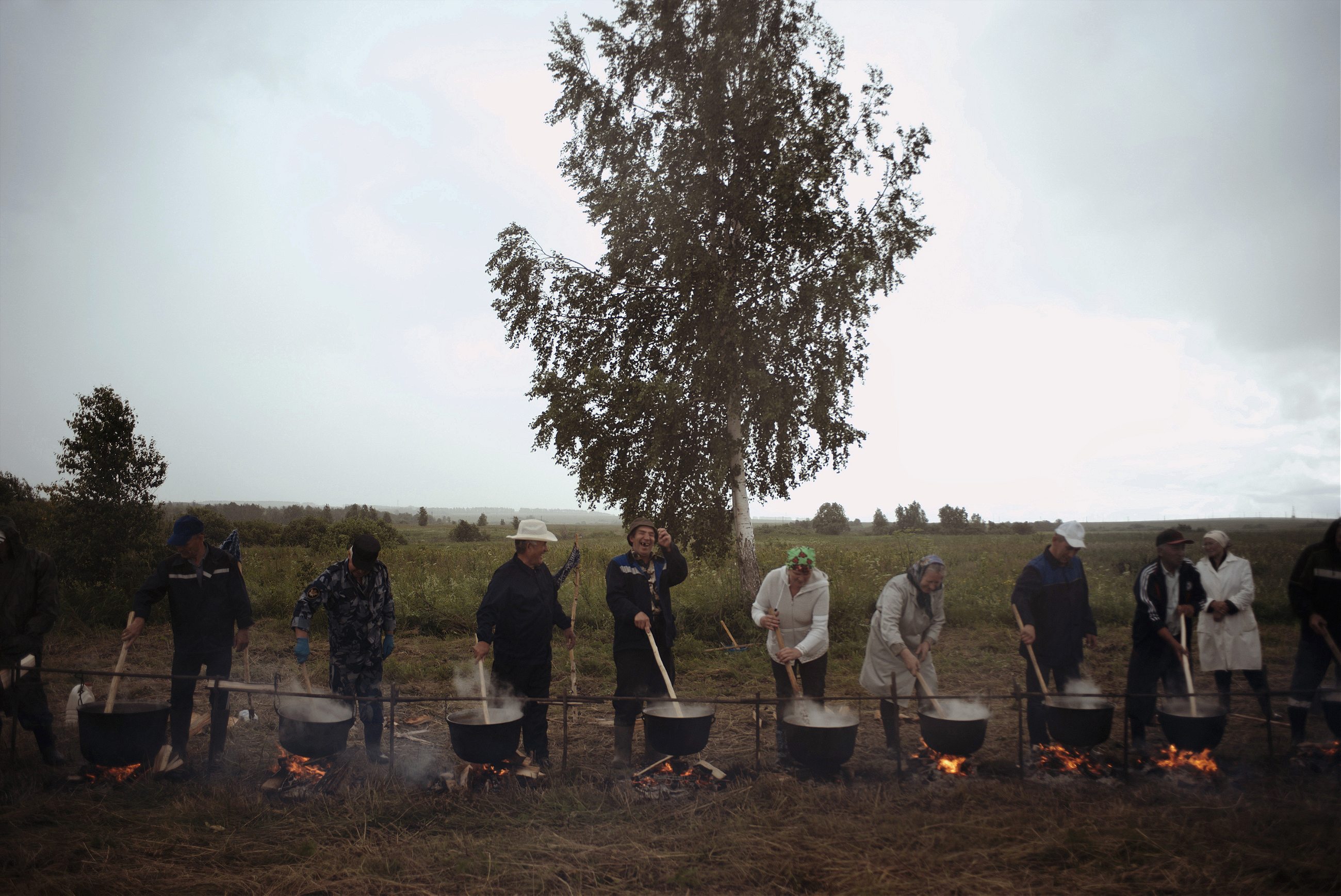
Their total population is estimated at 25 million people, with nearly four million in Russia alone, though the number could in fact be much higher––there are many different reasons why Finno-Ugrians might prefer to call themselves ethnic Russians.
During the Stalin years, for example, Finno-Ugrians were told that being native was bad and embarrassing. Many hid their origins. Though the years of repression took their toll on the culture, a sort of revival took place in the 1990s.



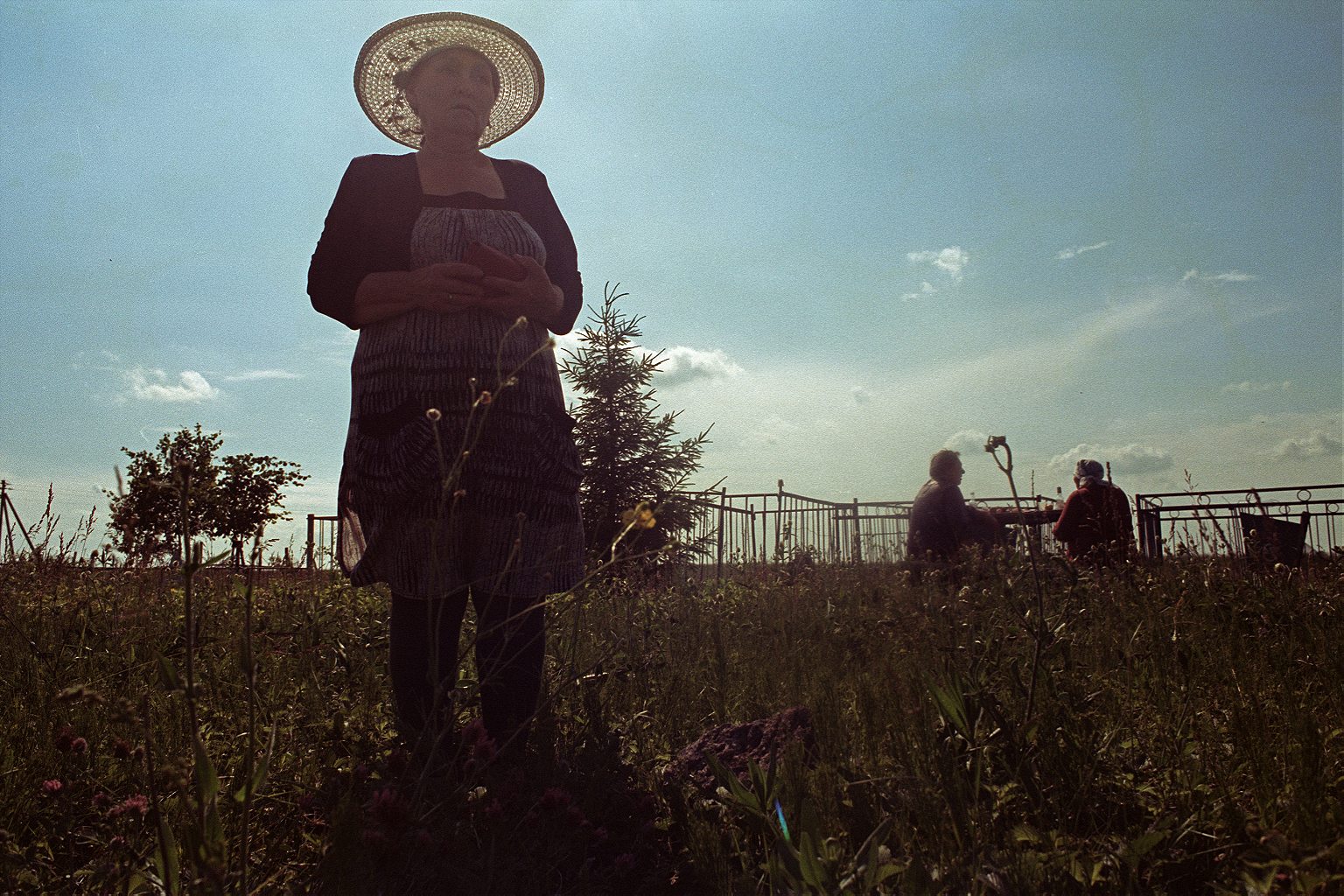
In 2014, I headed about 190 miles east of Saint Petersburg, perhaps the closest Finno-Ugric enclave to where I live. I didn’t know much about the culture when I started this project. Most people don’t, because history is always written by the winners. I was charmed by the chance to see the unknown.
I took about 10 different trips to various regions in Russia over three years. I was surprised to see that some pagan traditions had survived, like animal sacrifices that reminded me of voodoo. A visitor can hear an accent or even an unfamiliar language, but cannot immediately see local customs or rituals. They lie below the surface, hidden from the eyes of strangers.
